Existing User Log In
New User Registration
Register for a free account to gain full access to the VGChartz Network and join our thriving community.



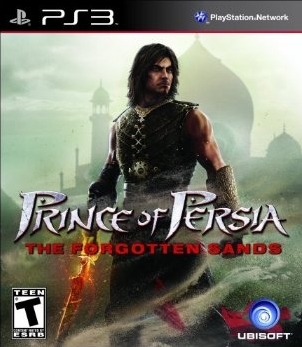

America - Front


America - Back

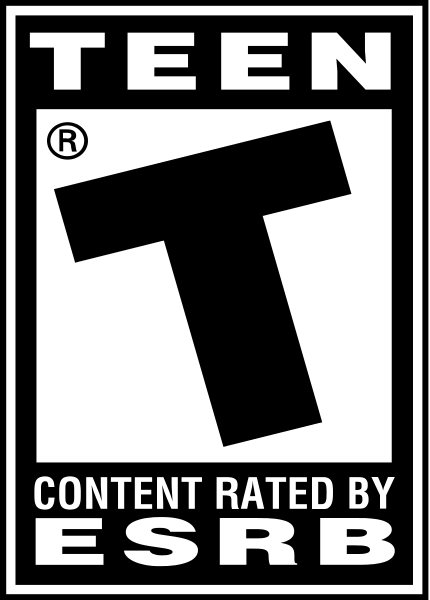
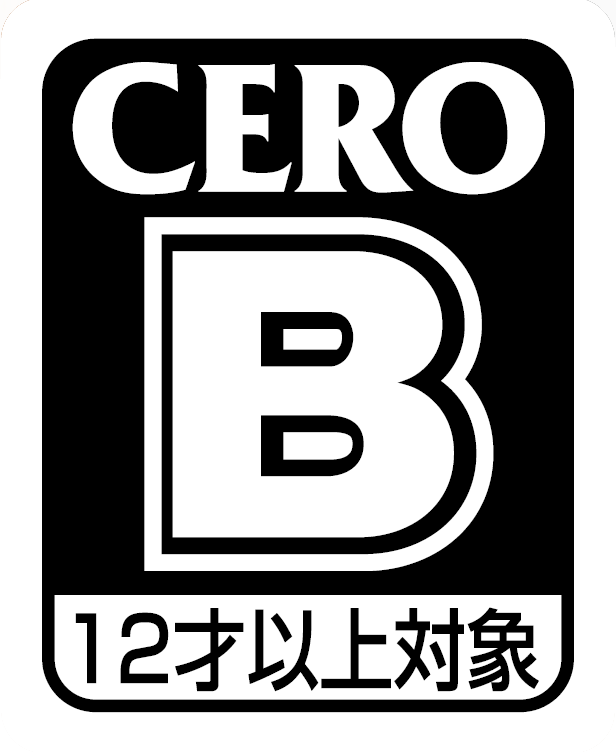
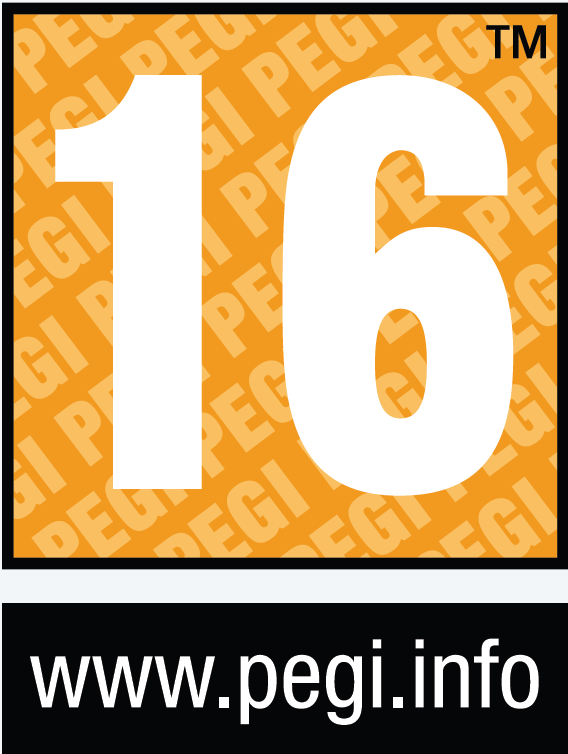
Prince of Persia: Boukyaku no Suna
プリンス・オブ・ペルシャ 忘却の砂
Ubisoft Montreal
Action
DS, PC, PSN, PSP, Wii, X360, XBL
 05/18/10 Ubisoft
05/18/10 Ubisoft  06/24/10 Ubisoft
06/24/10 Ubisoft  05/21/10 Ubisoft
05/21/10 Ubisoft
| Owners: | 69 | |
| Favorite: | 3 | |
| Tracked: | 3 | |
| Wishlist: | 11 | |
| Now Playing: | 1 | |
After the questionable design decisions of the last Prince of Persia comes a game which is supposedly much closer to the Sands of Time trilogy, as is suggested by the game’s name, and the protagonist who is actually a Persian prince, rather than a tanned American merchant. Forgotten Sands combines the two types of PoP to make a very enjoyable experience, the flaws of which are probably more down to a rushed release to coincide with the Sands of Time movie than anything else.
Once again, the player controls The Prince (who is nameless, whatever that movie tells you). Immediately after the events of Sands of Time, for some reason which I can’t quite grasp, the Prince goes to visit his brother, and manages to arrive in the middle of a massive war. The Prince’s older brother, Malik, is in fact a king, and is on the receiving end of an invasion by a foreign army. Malik decides that a good plan of action would be to unleash a massive army of sand creatures upon his enemies, and he appears genuinely shocked when he discovers that the sand creatures can’t tell friend from foe and start attacking every human in sight.
The prince and Malik are separated, and so, with the help of a djinn named Razia, the Prince must find his brother, re-unite the two halves of the seal which will banish the sand army forever, and go back to doing whatever it is that the Prince found so important as to travel across several kilometers of desert to do.
It’s not particularly clear why this game is set in the Sands of Time universe. Malik is never referred to in any of the other games; his father (who is also, of course, the Prince’s father, Shahraman) is not referred to by name, and really the only similarity between the two games is the copious amount of sand (well, it is a desert) and a Prince who looks and sounds vaguely similar. Perhaps, contrary to the claims of the developers, it is a movie tie-in.
The gameplay is split up into two categories, the first being combat. The Prince is armed with a trusty sword, which can slash through enemies, and a foot which can kick enemies with Triangle, knocking the weaker ones onto their backs and temporarily stunning the stronger ones. A quick tap of Square performs a quick swipe of the sword, while holding and releasing the button unleashes a more powerful slash. The Prince can also jump onto the heads of enemies and stab for a one-hit kill (naturally, this does not work on the strongest foes, unless they are stunned beforehand), and can stab enemies and kill them instantly when they are lying on the ground (eventually, however, downed enemies do get up). He can also learn various magical abilities, which for the most part help with crowd control – being swarmed with many small enemies is far more common in the game than facing the hulking monsters.
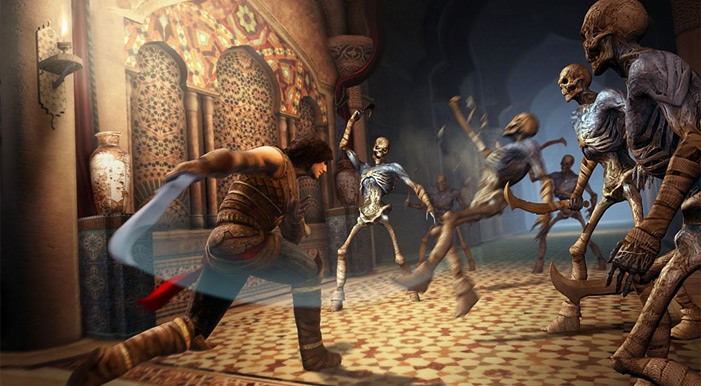
Combat starts off a little slowly, as you get used to the somewhat clunky fighting controls, but by the end of the game you’ll be slashing through hordes of enemies with ease (granted, this is mostly because you increase in power rapidly near the end). It goes from being something you endure because of the platforming, to something you somewhat enjoy. The lack of enemy variety and attacks lets the combat down slightly. The tendency of enemies to strafe around you and charge up their attacks for five seconds makes the combat laughably easy, but also rather satisfying. Nevertheless, because of the ridiculous level of simplicity, it’s not the high point of the game, but it is still better than the combat in PoP 2008, by a long way.
Killing enemies (and breaking pots, for some reason. You will break a lot of pots) yields orbs. Red orbs restore the Prince’s health, which can be slightly irritating, because it means that his health only returns in dribs and drabs; you won’t be seeing a full health bar until near the last few hours of the game, which ironically have the easiest combat. Mind you, the combat isn’t difficult at any point, but you lose health, and you don’t get it back for a while. Traps will probably do far more damage to you over the course of the game than the strange sand creatures.
Gold orbs give the Prince experience. Weaker enemies will give off a single orb, and stronger ones may give off many. Once the Prince accumulates a certain number, he gains an upgrade point. This can be spent on learning new abilities, improving existing abilities, and increasing maximum health and energy. These abilities are offensive magic attacks, used by pressing the corresponding button on the directional pad. My personal favourite has the Prince slam the ground to send enemies flying and have them land painfully on the floor. One spell creates a trail of fire behind where the Prince walks, one fires ice whenever he attacks, and one creates a shield which reduces damage and hurts attackers. Using these uses up one energy orb.
Energy orbs are blue. Much rarer than the other two, these are occasionally found in pots, and are given off by stronger enemies.
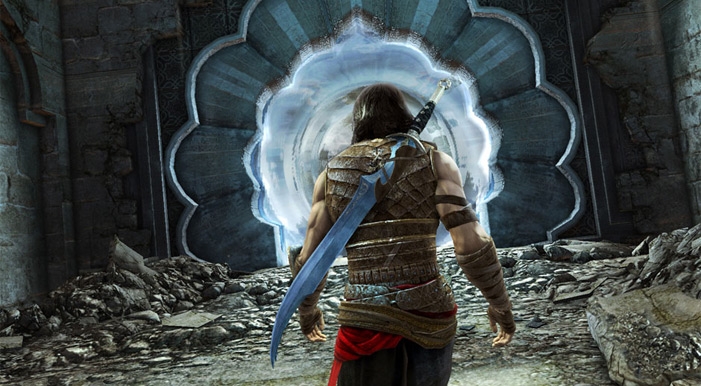
One energy orb is also used when the Prince rewinds time. The point where the Prince gains this ability is where the game really starts to pick up. You won’t really use it in combat anywhere near as much as you use it in platforming, which unlike the combat becomes significantly more difficult as the game progresses. It provides a way of making the platforming slightly easier without going so far as in the 2008 game, where ultimate Deus Ex Machina Elika would save you every single time you fell and take you back around five metres. You only have as many rewinds as you do energy orbs, and this number can be low if the platforming follows a difficult combat sequence (indeed, part of the reason that the combat is so easy is that the ground-slamming power, Whirlwind, destroys pretty much everything). If you do run out of rewinds, and die, the game doesn’t punish you a huge amount, sending you back five minutes or so, but it’s not too forgiving either. You can only rewind time a certain amount, so if you weren’t on stable ground at zero time, too bad.
The 21 Sarcophagi, glowing blue statues found in remote locations, give off a large number of all three orbs when broken with a charged attack. These, however, are difficult to find, and even more difficult to reach. The hardest platforming in the game, outside of the final level, is found en route to each sarcophagus.
The second part of the game is, of course, platforming. This is very much present, and better than ever. Roughly 70% of the game is platforming, which is fortunate, because it is the best aspect of the experience.
From the beginning of the game, the Prince can jump, climb, wall run, and slow down his descent by cutting through banners (he goes through hundreds of these over the course of the game). The platforming is quite simplistic at this point, but enjoyable all the same, though a little frustrating. This frustration eases when he gains Power over Time, relatively early on, allowing you to rewind a certain number of platforming mistakes. But this part of the game only really hits its stride when the Prince gains Power over Water, which allows him to solidify water, turning water spouts into hanging bars, pillars and even walls. Using this power at the right time is a crucial element of the platforming, and really adds difficulty, and thus satisfaction after you’ve cleared a segment. Later in the game, the Prince learns how to recall platforming objects, and how to charge at an enemy to easily clear a large gap.
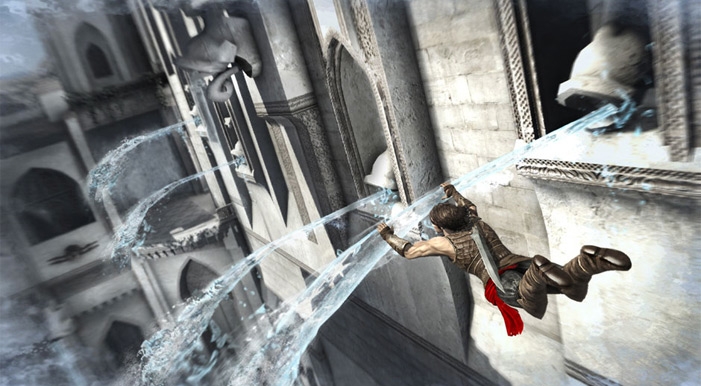
These various abilities are taught to the Prince by Razia, a djinn (genie) who was a friend of the legendary King Solomon. She wants nothing more than to see the army of sand, and its leader Ratash (who resembles the Demon Prince from Warhammer 40K) obliterated, and so gives the Prince all the help she can. She stays for the most part in a mystical world with floating stone buildings, accessed through a portal.
Traps are everywhere. When Malik learns that his kingdom is under attack, he activates the Palace’s security system, which is essentially a series of spikes. Swinging spikes, spikes which stick out of the ground, spikes which move across walls, you name it. These spikes are fairly easy to pass, near the beginning of the game, but avoiding traps while solidifying water, recalling walls and bars (only one at a time) and not falling is far from simple.
As has become standard for a Ubisoft game, the environments are beautifully designed and detailed. Unfortunately, the indoor palace setting is too prevalent; there isn't a whole lot of variety in the environment design. At more than one point, you'll be thinking "Haven't I been here before?", and you won't have, because there's very little backtracking. The visual design is somewhere between Sands of Time and PoP 2008 – slightly artistic, but still realistic. The final level of the game has the best visual design I’ve seen in a game in quite some time.
The character models are great, too. The Prince looks a little bland, but Malik, Razia, and especially the sand monsters are all fantastic. The monsters, though they look like standard enemies while living (skeletons, most of them), turn into sand upon death and blow away. This looks a little awkward during the first half hour or so, when you are fighting humans (still, they fall down and dissolve. Hmmmmm), but is especially impressive with the larger enemies, who slowly turn sand-coloured as they take damage.
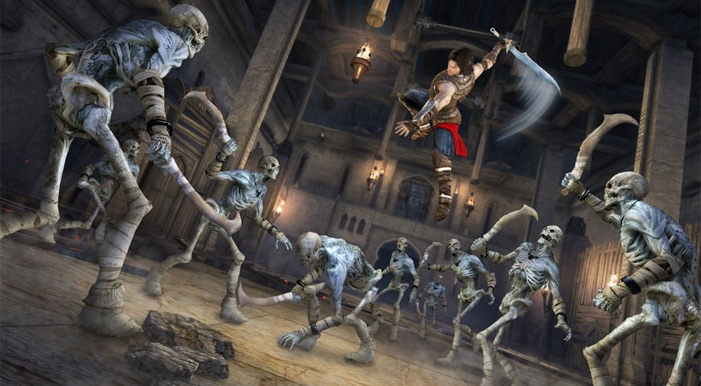
And this time around, the Prince of Persia actually sounds Persian. This isn’t Prince Nolan North from PoP 2008, nor Altaïr from Assassin’s Creed (also developed by Ubisoft Montreal). Malik and Razia are similarly Middle Eastern, and shockingly, the demons don’t speak English, (look, the guys hate humanity. They would learn our language why?) but rather a demonic-sounding language which still sounds Persian. This lends the game a huge amount of authenticity. The Prince’s one-liners start off a little like he’s Captain Obvious (“I’d better get to the door!” “The room is collapsing!”), but become quite witty and intelligent as the game progresses. He delivers the lines with genuine enthusiasm, as do the other characters.
You’ll go hours at a time without seeing a story cutscene, which is no bad thing. It’s fine for the story to take the back seat when the gameplay is this enjoyable. And no plot details are neglected, either. A fair bit happens, but it’s all quite simple and so doesn’t require explanations in the form of hour-long cutscenes.
The soundtrack is a little disappointing, after the fantastic music of PoP 2008. It’s mostly a quiet drone in the background while you run across walls, stab skeletons and freeze water. The best track is actually the pause song; it’s the only song that really goes above said slow drone. The sound effects are good, however. The Prince grunts when attacking or jumping, and enemies die with a nice crunch.
The story clocks in at 10-11 hours. Beyond this, there isn’t really much else to do. For some reason, the only two difficulty levels are Easy and Normal; there’s no Hard mode unlocked after you complete the game. I played on Normal, as I usually do, and most of it was relatively easy. There is a challenge mode unlocked after you complete the game, in which you can do a time trial or fight through rounds of enemies. Both of these are easily completed on the first try, and you can keep trying, to improve your time, but there’s no real reason to: there isn’t so much as an online leaderboard.
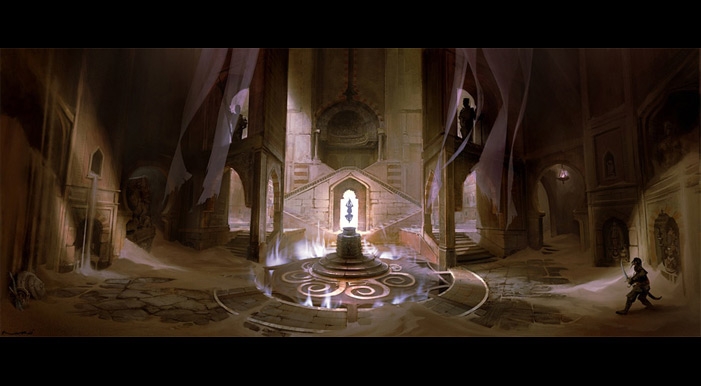
There’s also this… thing, for lack of a better word, called uPlay. Every so often, during the story, a box saying “uPlay: ACTION COMPLETE” comes up, making me think “Wow, is this Assassin’s Creed now?”. But it isn’t. Selecting uPlay from the main menu and registering takes you to some sort of online service, where you can buy things from the store (not yet launched), update your profile (not yet launched), and spend your uPlay points. Each time you get one of these “ACTION COMPLETE” pop-ups, you gain a certain number of points. I was able to purchase all of the downloads for Forgotten Sands (Ezio costume, Challenge Mode Arena [which never showed up], two free upgrades [very handy] and a Forgotten Sands PS3 Theme [not bad]), and I had 10 points left over. This service will likely be improved in the near future, but at the moment, it doesn’t really do very much of anything.
You could replay the game, but the lack of a higher difficulty might turn some people off. I earned 75% of the trophies on my first playthrough, without even trying. Some of them involve defeating bosses without losing health, and these are difficult, but that still isn’t really very much reason to play through again. It’s certainly enjoyable, but not so fantastic that you’ll want more as soon as you’ve finished. When you’ve finished, you’ll probably be thinking something along the lines of “This was actually a good game, better than PoP 2008. I hope they continue in this direction and don’t rush it quite so much next time”. That’s if you’re like me, because those are my thoughts on the game. I quite liked 2008’s game, for its art style, seamless platforming and soundtrack, but it was far too easy and had lousy combat, and Forgotten Sands partially solves both of those issues.
Forgotten Sands is a solid concept. It dares to innovate a little, without getting downright weird. The platforming is a blast, and the combat is good enough, if a little bit shallow. With a little more polish, some more replay value in the form of things to do after you’ve completed the game, and a better combat system, this could have been a truly brilliant game. But even in its current state, it’s definitely worth a try for any fan of the Sands of Time trilogy, or indeed PoP 2008.










| Total Sales |
0.01m
Japan |
0.19m
NA |
0.36m
Europe |
0.12m
Others |
0.69m
Total |
| 1 | n/a | 25,953 | 19,656 | 10,451 | 56,060 |
| 2 | n/a | 9,268 | 15,106 | 6,148 | 30,522 |
| 3 | n/a | 5,967 | 10,224 | 4,107 | 20,298 |
| 4 | n/a | 4,959 | 9,412 | 3,686 | 18,057 |
| 5 | n/a | 4,331 | 12,355 | 4,454 | 21,140 |
| 6 | 3,719 | 3,898 | 9,996 | 3,674 | 21,287 |
| 7 | 1,365 | 3,193 | 9,366 | 3,361 | 17,285 |
| 8 | 744 | 2,478 | 9,484 | 3,270 | 15,976 |
| 9 | 498 | 2,442 | 9,665 | 3,318 | 15,923 |
| 10 | 492 | 2,323 | 6,311 | 2,295 | 11,421 |
|
|
|
|
|
|
|
|
|
|
|
|
|
|
palitococo
posted 26/05/2010, 02:43
BUffffffffff POP franchise its really small now. Message | Report |
|
|
|